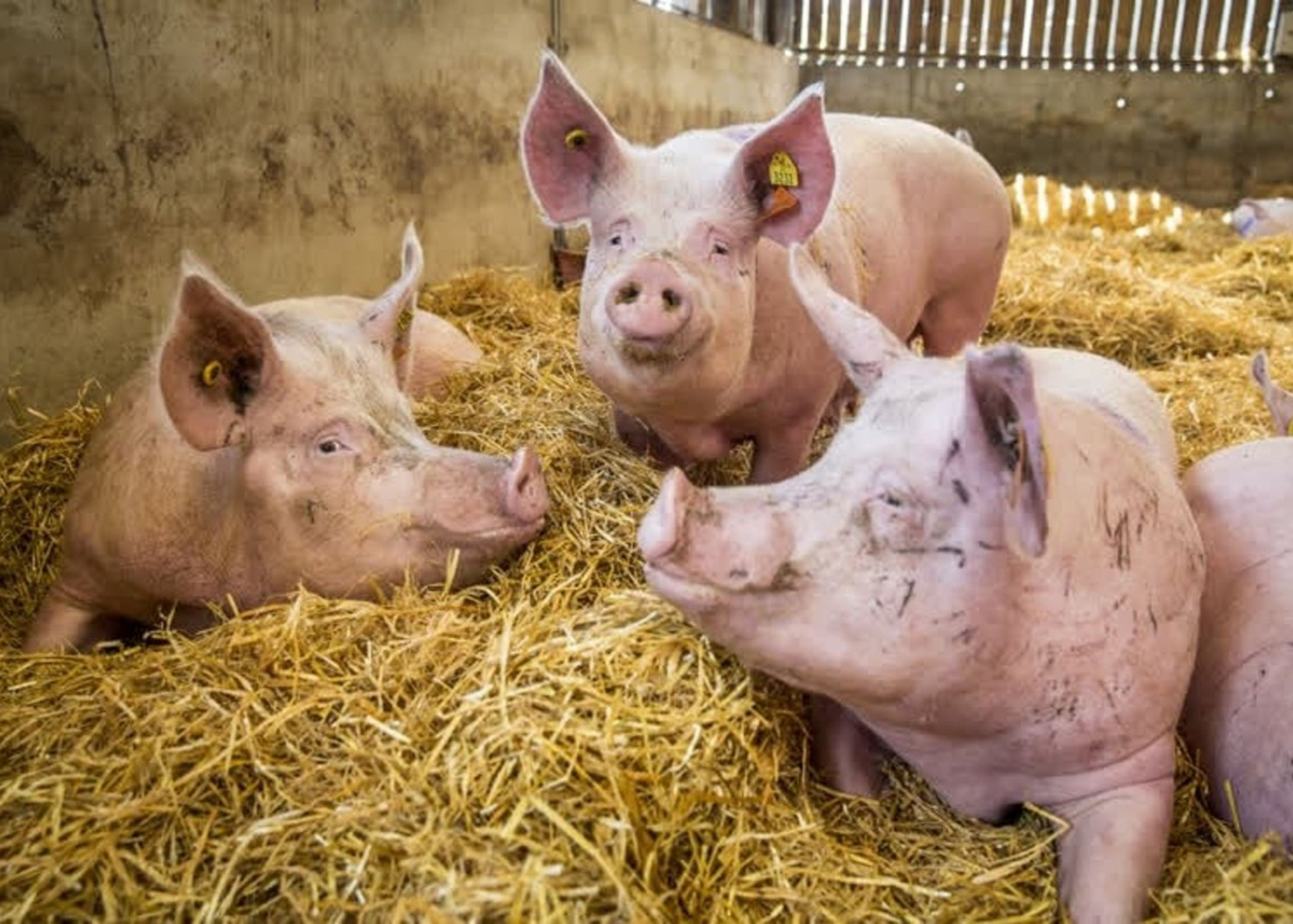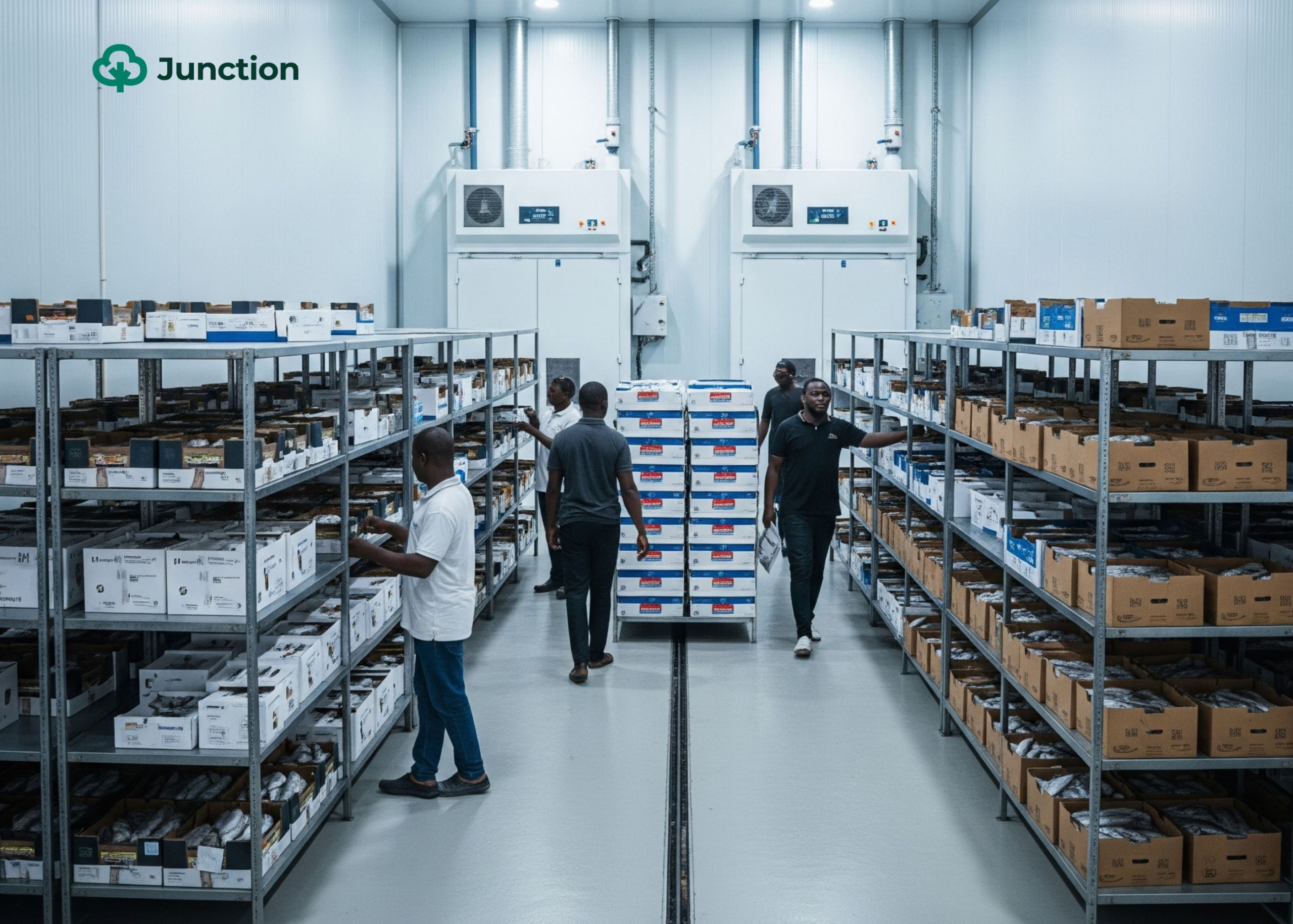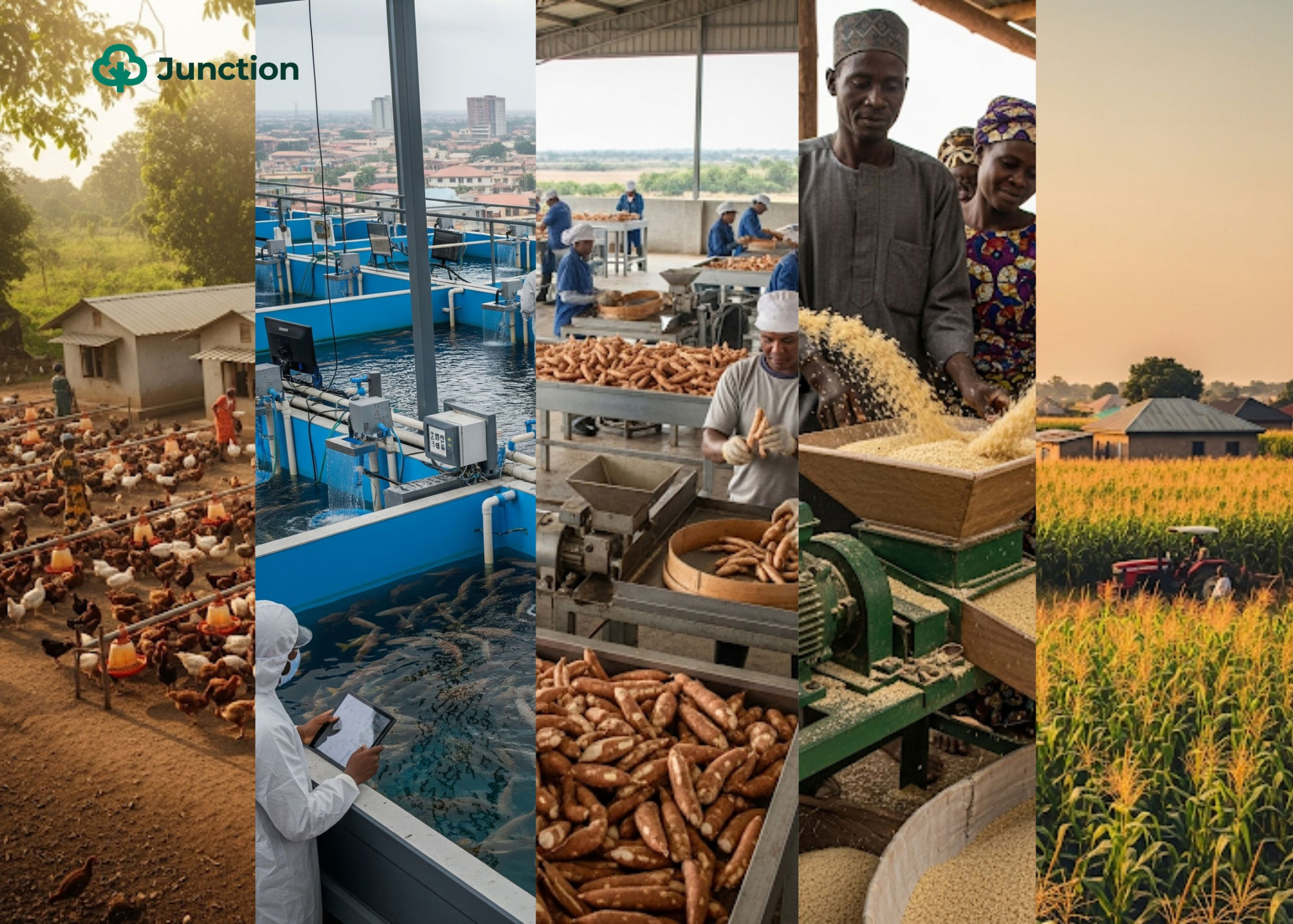Pig farming is a lucrative business with a high expected return on investment (ROI). The ease of obtaining licensing and permits to begin production in Nigeria is an added advantage. Almost anyone with adequate technical knowledge can succeed in running a pig farm.
Economic hardship, however, means that any business endeavour should be well thought out. Risks, which may lead to losses, must be considered and planned against. Pig farming is not without risks, despite its several advantages.
Here, you will learn about the risks of starting a pig production project in Nigeria and mitigation tips to ensure that you are protected.
Five risk considerations for pig farming
- Initial investment:
Starting a pig farming project typically requires a substantial initial investment, making it a significant risk factor. This first investment covers various essential aspects, such as land acquisition, rent or lease, and infrastructure needs. You will need to construct or renovate housing for the pigs, along with necessary facilities like feed storage, water systems, and waste management areas.
Acquiring essential equipment, such as feeders, drinkers, breeding equipment, and processing machinery, is another significant cost. You must also purchase healthy and productive piglets or sows to form the initial breeding stock represents a substantial investment.
The initial investment can be a barrier for many aspiring pig farmers, as it requires substantial capital.
- Environmental and social issues:
There are some social issues to be considered when starting a pig farm in Nigeria. One of the primary concerns is community resistance during land acquisition. Obtaining suitable land for pig farming can be difficult due to land ownership disputes, cultural beliefs, and environmental concerns surrounding waste management.
Local communities may have reservations about the potential negative impacts of pig farming, such as odour, pollution, and disease risks.
Another social issue is the stigma associated with pig rearing in some religious groups. In Muslim religion, pigs are considered unclean or taboo, leading to social discrimination against pig farmers.
Livestock can also be stolen, requiring farmers to invest in security measures, especially when farms are situated away from residential areas, which is typically the case with many pig farms.
- Infrastructural limitations:
Infrastructure plays a critical role in the success of pig farming operations. Inadequate infrastructure can endager your profitability. Lack of proper transportation facilities, limited access to roads and transportation networks can hinder the movement of pigs, feed, and other inputs, leading to increased costs and delays. Additionally, poor road conditions can impact transportation efficiency.
Another infrastructure challenge is the limited availability of electricity. Reliable access to electricity is essential for operating essential equipment, such as feed mills, water pumps, and refrigeration units (if you are looking to process). Power outages can disrupt production processes, lead to spoilage of feed and products, and increase operational costs, especially when you have to use generators that run on Premium Motor Spirits (PMS).
Furthermore, inadequate water supply and sanitation facilities can pose significant challenges for pig farms. Access to clean water is crucial for animal health, hygiene, and waste management. Insufficient water supply can limit the number of pigs that can be raised and increase the risk of disease outbreaks. Similarly, inadequate sanitation facilities can contribute to environmental pollution and pose health risks to both animals and humans.
- Overproduction:
Common pig breeds in Nigeria, like the Hampshire, for example, have a gestation period of about 115 days. This means that the sow can reproduce twice a year, birthing about eight to 12 piglets at a time.
The production rate of pigs can be a curse in disguise if the farmer does not anticipate it. The cost of rearing pigs to market weight (or age) can become too much of a burden. Feed costs can be a challenge, especially because of the likelihood of it rising due to various factors, like global commodity prices and local supply and demand. During the progressively difficult economic downturn in Nigeria in 2024, several livestock farmers have bemoaned the price of feed and resorted to selling stock at ‘giveaway’ prices to avoid losing altogether.
Additionally, veterinary expenses, energy costs, and labour costs can also contribute to the overall cost of rearing pigs.
- Diseases:
Disease outbreaks pose a severe threat to livestock businesses in Nigeria, potentially leading to significant economic losses and animal welfare concerns.
African Swine Fever (ASF), a highly contagious viral disease, has been a major concern in recent years. The virus can spread rapidly through contaminated feed, equipment, or direct contact with other infected animals, causing high mortality rates (30% to 70) and devastating economic consequences. There are other infectious diseases, such as swine influenza, foot-and-mouth disease, and classical swine fever, can also impact pig health and productivity.
In addition to infectious diseases, parasitic infections and nutritional deficiencies can also affect pig health and performance. These diseases can disrupt production, reduce animal performance, and limit market access.
Key risk mitigation tips to ensure profitability in a pig farming business (2024)
- Careful planning and budgeting can help mitigate the risk of high initial investment. You can explore several financing options, such as loans or grants, to reduce the financial burden and make the venture more profitable. Another way to mitigate this problem is to find creative substitutes for fixed assets like feeders and drinkers. When it comes to processing equipment, you can outsource and split the revenue, so that you don’t completely lose out on the additional profit from value addition.
- Addressing concerns through open dialogue, community engagement, and implementing appropriate environmental measures is a way to minimise social conflicts. If the community around your farm are satisfied with the means you plan to deploy in waste management, accessing land may become easier. You can overcome these cultural barriers through education and awareness campaigns to promote the economic benefits of pig farming and dispel misconceptions. Meanwhile, for those who consider it taboo due to traditions or religious beliefs, you can assure them that they will not accidentally come in contact with pork or live pigs.
- While the government has the bulk of responsibility to ensure proper infrastructure exists to support pig farmers, you can take action to reduce its impact on your business. For example, engage with stakeholders for easier access to processing and storage facilities. Join cooperatives or associations to reduce the cost of transporting goods and better access to markets; more is usually less in the case of produce logistics. Invest in alternative energy sources, such as solar power or generators that run on compressed natural gas (CNG), can help mitigate the risks associated with power outages. Set up in water harvesting systems to help reduce overreliance on pumping water.
- To mitigate risks related to overproduction, pig farmers can implement cost-saving measures, such as improving feed efficiency, optimising breeding programs, and reducing energy consumption. Furthermore, the cost of rearing pigs can be influenced by disease outbreaks, which can lead to increased mortality rates, treatment expenses, and potential market restrictions. Employing biosecurity measures, such as vaccination programs and strict hygiene practices, can help prevent disease outbreaks and reduce associated costs. In addition, be ready to sell young pigs early if the cost of rearing them rises to levels that affect the profitability of the venture. Selling on short notice may be difficult, unless farmers have a good network that can help fasttrack the process of finding buyers for whatever stock they want to sell.
- To prevent disease outbreaks, ensure that you stick to a proper biosecurity program. Also, regular veterinary check-ups, deworming programs, and providing balanced nutrition can help mitigate this issue. By proactively addressing disease prevention and control, pig farmers can minimise the impact of disease outbreaks on their businesses and ensure the well-being of their animals.
Conclusion
Pig farming offers a lucrative opportunity for Nigerians seeking to diversify their income sources and capitalise on the growing demand for animal protein. However, it is essential to approach this venture with careful planning and risk mitigation. By addressing the challenges posed by initial investment, environmental and social issues, infrastructure limitations, overproduction, and disease outbreaks, you can significantly increase your chances of success.
You can share your thoughts and experiences in the comments section below. Your insights can be valuable to other aspiring pig farmers.



